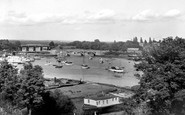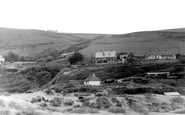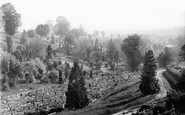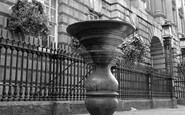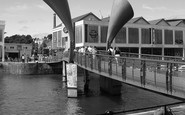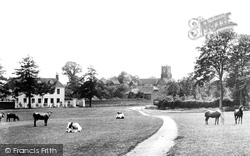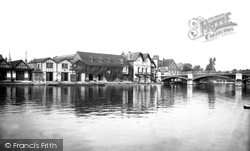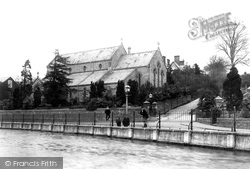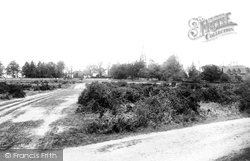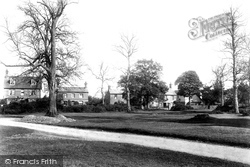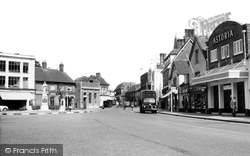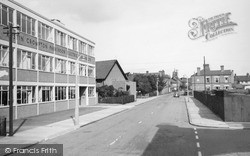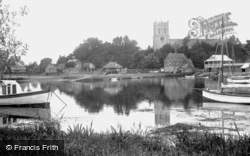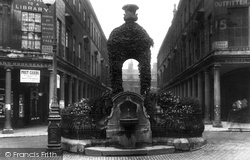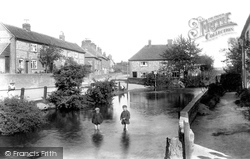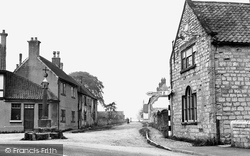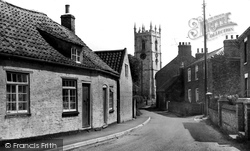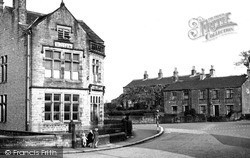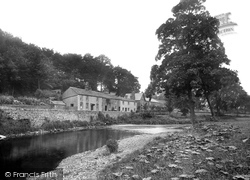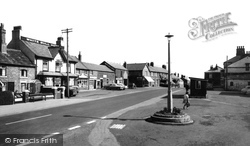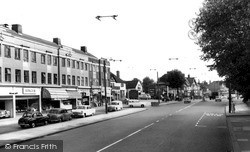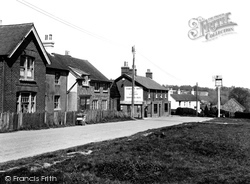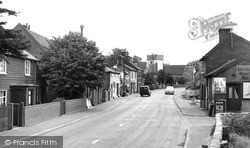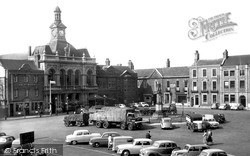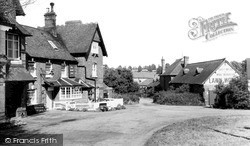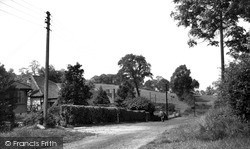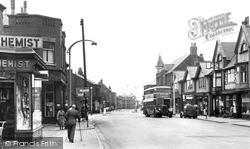Places
36 places found.
Those places high-lighted have photos. All locations may have maps, books and memories.
- Shanklin, Isle of Wight
- Ventnor, Isle of Wight
- Ryde, Isle of Wight
- Cowes, Isle of Wight
- Sandown, Isle of Wight
- Port of Ness, Western Isles
- London, Greater London
- Cambridge, Cambridgeshire
- Dublin, Republic of Ireland
- Killarney, Republic of Ireland
- Douglas, Isle of Man
- Plymouth, Devon
- Newport, Isle of Wight
- Southwold, Suffolk
- Bristol, Avon
- Lowestoft, Suffolk
- Cromer, Norfolk
- Edinburgh, Lothian
- Maldon, Essex
- Clacton-On-Sea, Essex
- Norwich, Norfolk
- Felixstowe, Suffolk
- Hitchin, Hertfordshire
- Stevenage, Hertfordshire
- Colchester, Essex
- Nottingham, Nottinghamshire
- Bedford, Bedfordshire
- Bury St Edmunds, Suffolk
- Aldeburgh, Suffolk
- St Albans, Hertfordshire
- Hunstanton, Norfolk
- Chelmsford, Essex
- Bishop's Stortford, Hertfordshire
- Peterborough, Cambridgeshire
- Brentwood, Essex
- Glengarriff, Republic of Ireland
Photos
9,106 photos found. Showing results 15,081 to 9,106.
Maps
181,006 maps found.
Books
11 books found. Showing results 18,097 to 11.
Memories
29,052 memories found. Showing results 7,541 to 7,550.
Hammer Cottage
I left Coolham 1n 1957 to go to sea to become a Salvage Diver. I was very fortunate to have achieved my ambition and became the senior diver within Admiralty Salvage. My family lived and owned Hammer Cottage, together with Saddlers ...Read more
A memory of Coolham in 1957 by
Bursledon Bridge
This picture is of the two Bursledon bridges over the River Hamble - the A27 road bridge in the foreground and the rail bridge behind it. Sarisbury Green is further up to the right on the A27 at the top of the hill. The photo is ...Read more
A memory of Bursledon by
Camping On The Benthills
I too, as others, have many fond memories of holidays in Sizewell. During summer school holidays I travelled from Scotland to London to be with my grandparents. They were well connected with Sizewell and would take me there ...Read more
A memory of Sizewell in 1953 by
School Uniform And Schooldays
This was 1958 the time when I seriously got into drainpipes, drapes and rock 'n roll music. I was at Walbottle Secondary Modern School. I used to take in the leg width of my jeans by hand using a needle and thread to ...Read more
A memory of Newburn in 1958 by
The House I Lived In
I lived in the white bungalow on the right of the picture with my parents from 1953 until 1959. My father was Secretary of the Saunton Golf Club and the house was owned by the Christie Estates at that time. I have many happy memories of holidays at Saunton during that time.
A memory of Saunton in 1953 by
Frenchay Hospital, Bristol Built By The American Army
Frenchay Hospital in Bristol was built by the American Army during the Second World War. Frenchay Hospital is a large hospital situated in Frenchay, South Gloucestershire, on the (NE) outskirts of ...Read more
A memory of Frenchay by
Bristol's Leaning Tower Of Temple
Pisa has its famous leaning tower - and so does Bristol, with its drunkenly off-vertical tower of Temple Church in Temple Street. The tower isn't on the stupendous scale of its Italian counterpart, it's true. But its ...Read more
A memory of Bristol by
The Tomb Of Raja Ram Mohun Roy
Arnos Vale Cemetery is the location of the tomb of Raja Ram Mohun Roy - 'The Father of Modern India'. He died when on a visit to Bristol in 1833. This gentleman left home and 'sought knowledge by his extensive travels'. ...Read more
A memory of Bristol by
Pay Up On The Nail
'Cash on the Nail' the man said. . . and a century or so ago in Bristol he really meant it. For the deal would have been clinched on one of Bristol's four famous nails standing outside the Corn Exchange on Corn Street or, from the ...Read more
A memory of Bristol by
Pero's Bridge
The warehousing which dominated Prince Street, Narrow Quay and Prince's Wharf have been found new uses, largely cultural and media-based. The industry on Canon's'Marsh has gone, replaced by the new industry of tourism. With the ...Read more
A memory of Bristol by
Your search returned a large number of results. Please try to refine your search further.
Captions
29,158 captions found. Showing results 18,097 to 18,120.
Broadstairs, a well-known resort on the Isle of Thanet between Margate and Ramsgate, retains its village atmosphere.
The Bridge House Hotel, seen to the left of the bridge, claimed that it was the only top class hotel in Eton. It was demolished in 1964 and a new restaurant has taken its place.
Behind are the chimneys of its vicarage, while on the right is the church hall gable, now demolished for the modern close of houses, Trapp Court.
Chorleywood is on the south side of the Chess valley. Chorleywood Common survived an attempt at enclosure and we see it here in its late 19th-century gorse-covered state.
Our tour along the Chess valley towards Rickmansworth starts on the hills south of the valley in Chesham Bois, originally a scattered village with the church at the north end and more houses along
On the left is the white render of the former Brandon's department store, a somewhat overpowering building, and to the right of The Cock Tavern is the 1950s neo-Georgian Barclays Bank,
The three-storey framed building on the left must have been very new when this photograph was taken.
It is interesting to remember that a settlement existed on this site for nearly two millennia before the foundation of neighbouring Bournemouth.
The colonnaded street behind, part of the 1789 Bath Improvement Act scheme, is an elegant piece of Georgian town planning.
A number of Stradling family members fought for King Charles I during the Civil War, including Sir Edward Stradling, who commanded a Welsh regiment at the Battle of Edgehill (23 October 1642), where he
Lord's Mill was one of the main watermills along the Chess south-east of Chesham and is behind the photographer who is looking over the Moor Lane bridge parapet.
During the 1950s the site of Barlborough Colliery was cleared, but in 1955 there was an attempt by the NCB to re- open Southgate Colliery in Clowne.
All Saints' Church dominates the scene, and the only change is the removal of the smaller second cottage of Long Croft, left. It is now a drive for the adjacent gable-ended Rose Cottage.
Shepley is situated to the south of Huddersfield.
Now let out as 'honeymoon cottages' (fully booked for Valentine's Day 2003), they have a new lease of life.
Here we have another view of the White Bull Hotel, with Thomas, the grocer's, J N Kelley, and G L Owen the newsagent's nearby. A weekly farmers' market is held in the Square.
It would be difficult to say now, without consulting early maps, exactly where 18th-century Whetstone began and finished on the Great North Road.
Listed in the Domesday Book as 'Eleacier', the town's name tells us that this was once 'Aelle's field or ploughed land'.
The inn's name, the Foresters' Arms, hints that the village stands on the southern hilly fringe of Ashdown Forest. The inn was originally a private house - it was first a licensed premises in 1898.
The next building has been demolished, and so has the whole of the right side of the street.
The railway (in the 1950s the LNER's east coast main line) brought further prosperity; this included the building of a new town hall in the 1860s, seen here with its clock tower.
The New Inn, sporting its new Watney's Red Barrel sign by the door and the sign board with the house style lettering, stands up the hill in Road Weedon on the old London to Holyhead turnpike.
After the First World War, there were plans to divide Westley Heights into 231 small plots of land and offer them for development.
We are looking north along Wallasey Village, with the bollards at the top of Leasowe Road visible on the left. The cobbled street to the immediate left, just beyond the chemists, is Lycette Road.
Places (6814)
Photos (9106)
Memories (29052)
Books (11)
Maps (181006)
























